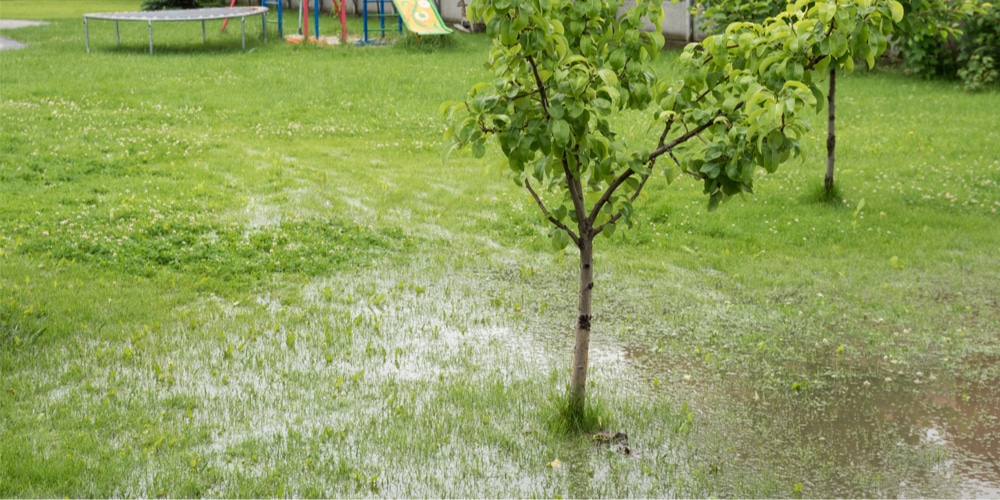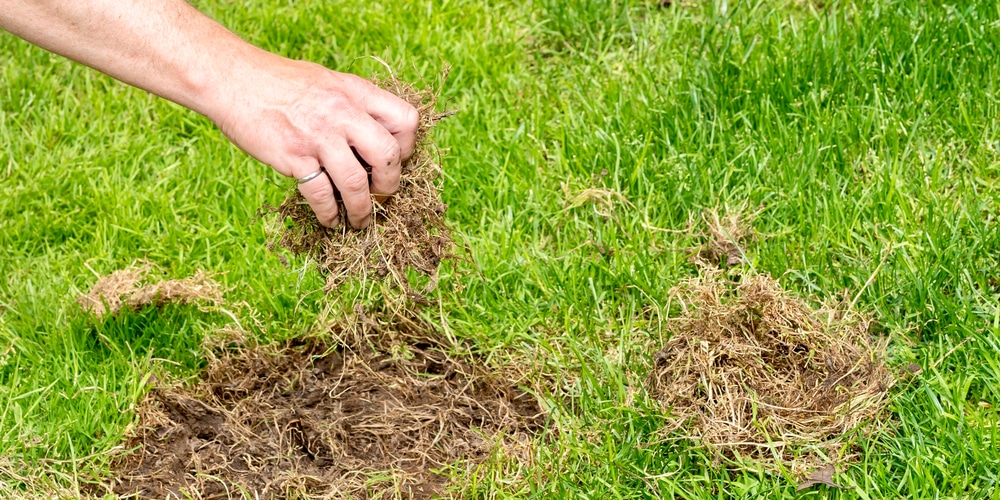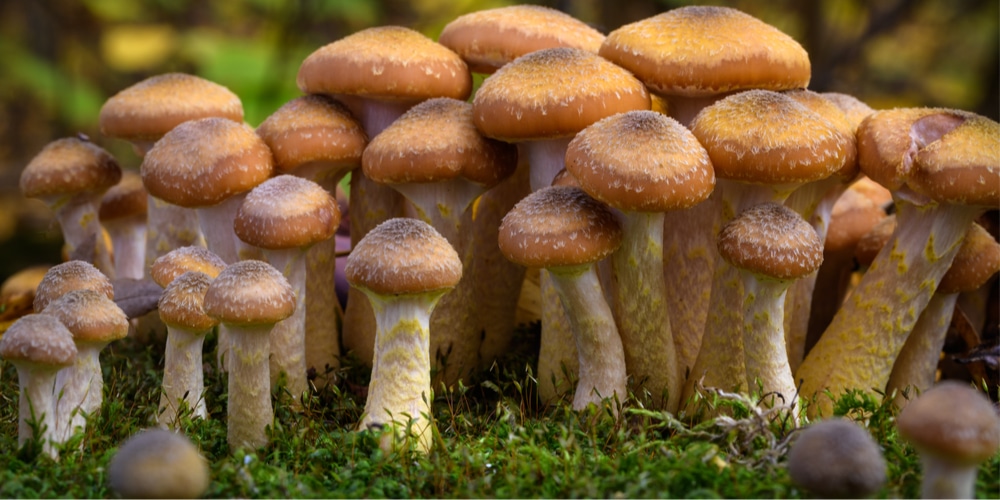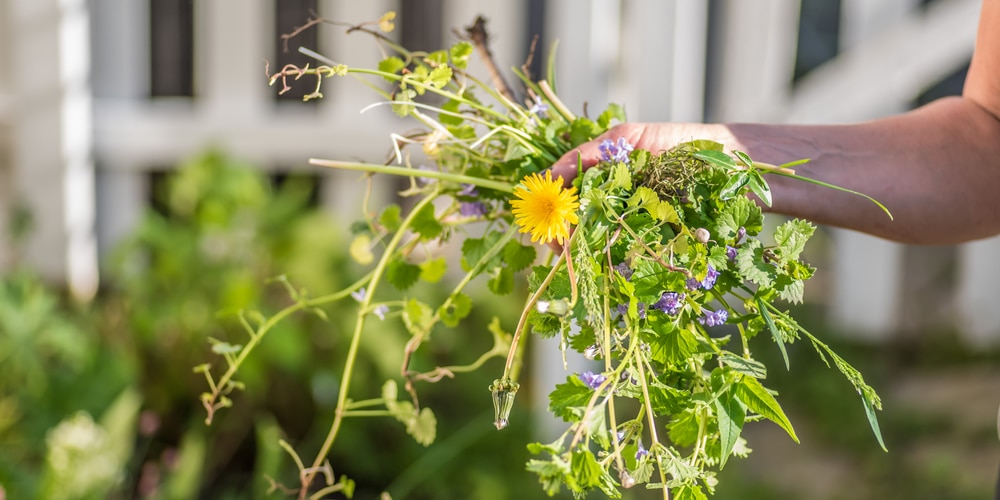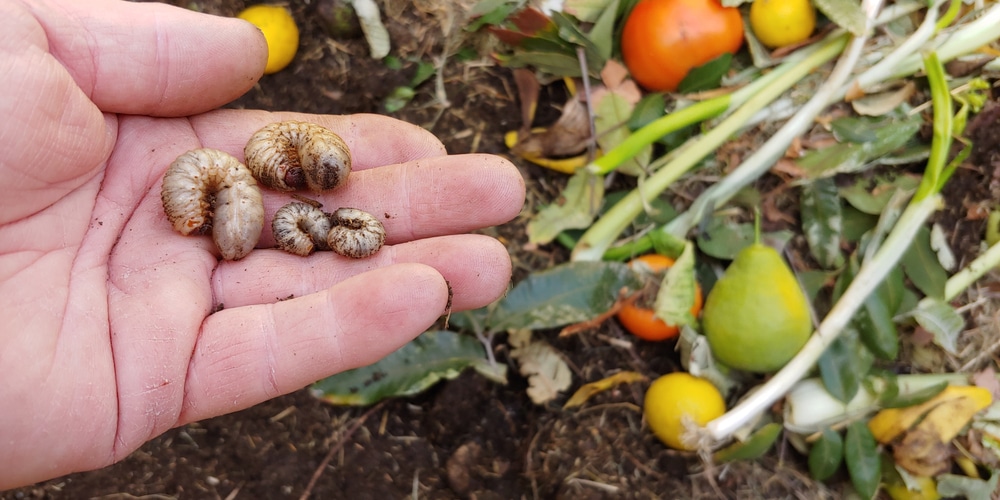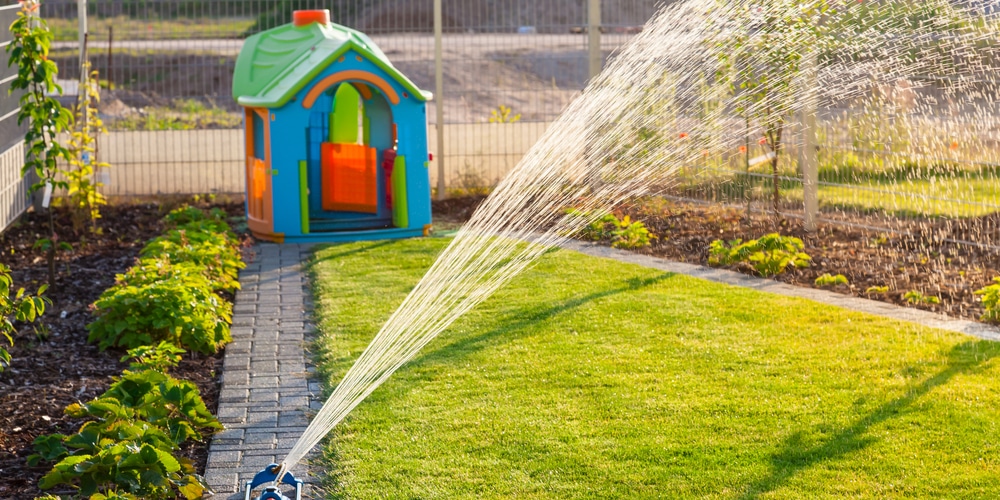If your lawn begins to look stressed, it may benefit from watering and some fertilizer. The amount of water your lawn needs will depend on various factors, including the grasses variety and the climate you live in. Let’s look at the signs of overwatering grass.
Grass is generally considered a strong, robust plant that will grow reliably as long as its basic needs are met. Grass requires sunlight, water, air, and the correct nutrients and fertilizers to thrive. Some homeowners seem to give their lawns minimum care, and the grass can survive, while others take good care of their lawns. While grass does need to be watered, it is possible to overwater your lawn.
Signs of overwatering grass
Frequent watering can help your lawn grow healthily and look lush and green. However, too much of a good thing is bad, and this applies when watering your lawn. Warm-season grasses require less water than cool-season grasses and can turn yellow and struggle to grow if they are overwatered. Warm-season grasses include Bermuda grass and zoysia grasses. These popular grass varieties are grown across America and are most common in the southern states. They require between 1/2 inch and 3/4 inch of water at a time, and you should water your warm-season lawn as infrequently as every one to three weeks.
If you have a cool-season grass, such as ryegrass or bluegrass, you should water your lawn more often. It’s recommended that cool-season grass is watered every four or five days.
It’s best to water your lawn using an irrigation system that is turned on for a short amount of time. Allow the water to soak into the soil, and don’t overwater, or your lawn will suffer. Too much water will interfere with healthy growth, turn your grass brown and make it more susceptible to diseases, fungus, and insect infestation.
It can be hard to tell whether you’ve overwatered your lawn. An obvious sign is that it feels squelchy and looks or feels waterlogged as you walk on your lawn. Grass often turns brown if it’s overwatered, but it’s worth noting that other things such as drought or scalping a yard can make it appear brown. Here are some signs to look out for that would indicate you’ve overwatered your lawn.
Thatch
Thatch is more likely to build upon the surface of a lawn that’s overwatered. If you notice a layer of plant material and roots and grass blades that are partially decomposed and look like a mat on the surface of the soil, this is thatch.
Over-watering will stop beneficial organisms from being able to break down organic matter. It also causes shallow root development, which can lead to thatch buildup. The thatch can stop oxygen from reaching the grasses roots and affect its growth. Thatch also creates a good habitat for insect pests and promotes fungal growth. Reducing the amount of water you give your lawn will prevent thick thatch. You can remove thatch that has built up with a rake.
Fungus
Another sign that your lawn has been overwatered is that fungus will grow. This is a common problem and is caused by excess water that’s left sitting on the grass blades. If you overwater your lawn, the water won’t be able to soak into the soil, and the grass blades will remain wet. This makes them more prone to fungal growth.
Mushrooms and toadstool commonly grow on an overwatered lawn. You may also notice grass blades that look thin and weak and have a reddish-orange tint. This is a symptom of rust fungus, which commonly occurs on stressed lawns which have been overwatered.
A fungus called Anthracnose can infect wet grass if the temperature is between 80 and 95 degrees Fahrenheit. This creates brown patches on your lawn as well as brown spots and spiked structure that grow on grass blades and other plants.
Chemical fungicides are available to get rid of fungal problems, however, most issues will sort themselves out if you reduce the frequency of watering.
Weeds
Your lawn is more likely to be taken over by certain weeds such as smooth crabgrass or yellow nutsedge if it’s overwatered. These weeds grow best in moist areas. If your grass starts to thin out due to overwatering, there will also be more space for weeds to appear.
Smooth crabgrass grows can quickly spread across the surface of your lawn and take over. It grows up to six inches in height and grows in light green clumps. Yellow nutsedge is also very invasive and common in overwatered lawns. It has pointed leaves that are light green and can grow up to three feet tall. This weed spreads by growing underground rhizomes which can take over your lawn.
To help keep your lawn dense and weed-free, pull up the weeds (here are some solid crabgrass removal tools) or use a herbicide and water your lawn infrequently. Your soil should only be moist for the first six to eight inches deep.
Insect Pests
If your lawn is waterlogged and has heavy thatch, you’ll be providing the perfect habitat for insects to live and breed. Thatch can even help to protect pests from insecticides. Insects can also attack weakened lawns and kill your grass. Look out for an infestation of armyworms or cutworms, as these can damage your lawn and will create bare patches as they chew the grass blades. The larvae of May and June beetles are also common in yards that have been overwatered. These are white grubs that will feed on the grassroots and kill your lawn.
Other Signs of Overwatering
More obvious signs that you’ve overwatered your garden include spongy ground and visible puddles on your lawn. You may also notice runoff on your driveway or the street. Excess water can also leak nutrients from the soil, which will result in your yard turning yellow.
Conclusion
If you notice any of the above problems, it’s likely a sign you’re overwatering your grass. It’s a good idea to find out what type of grass is growing on your lawn so that you can provide the correct amount of water. Warm-season grasses require infrequent watering and can be watered every one to three weeks.
If you have a cool-season grass, you should water your lawn more often. It’s recommended that cool-season grass is watered every four or five days.
